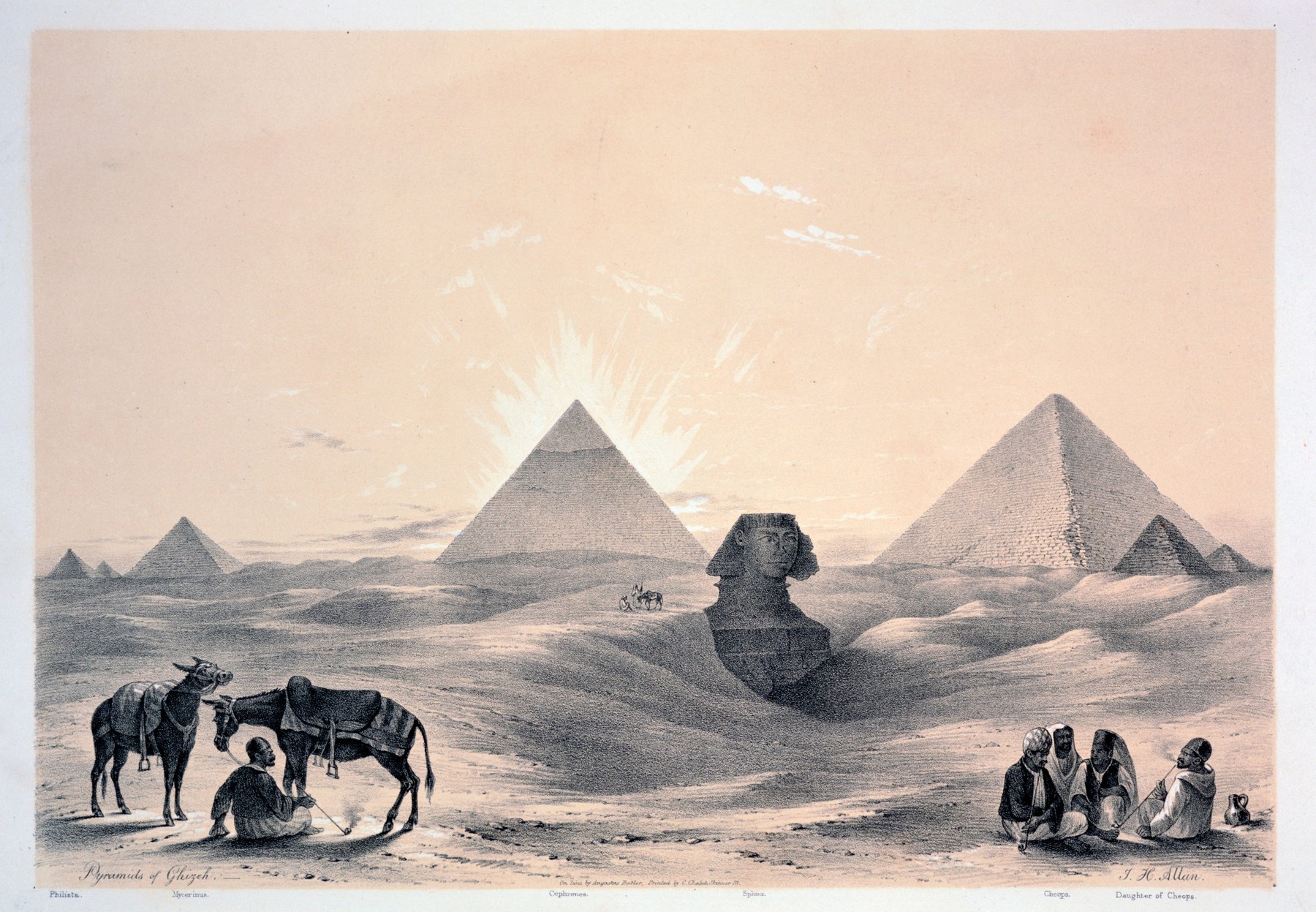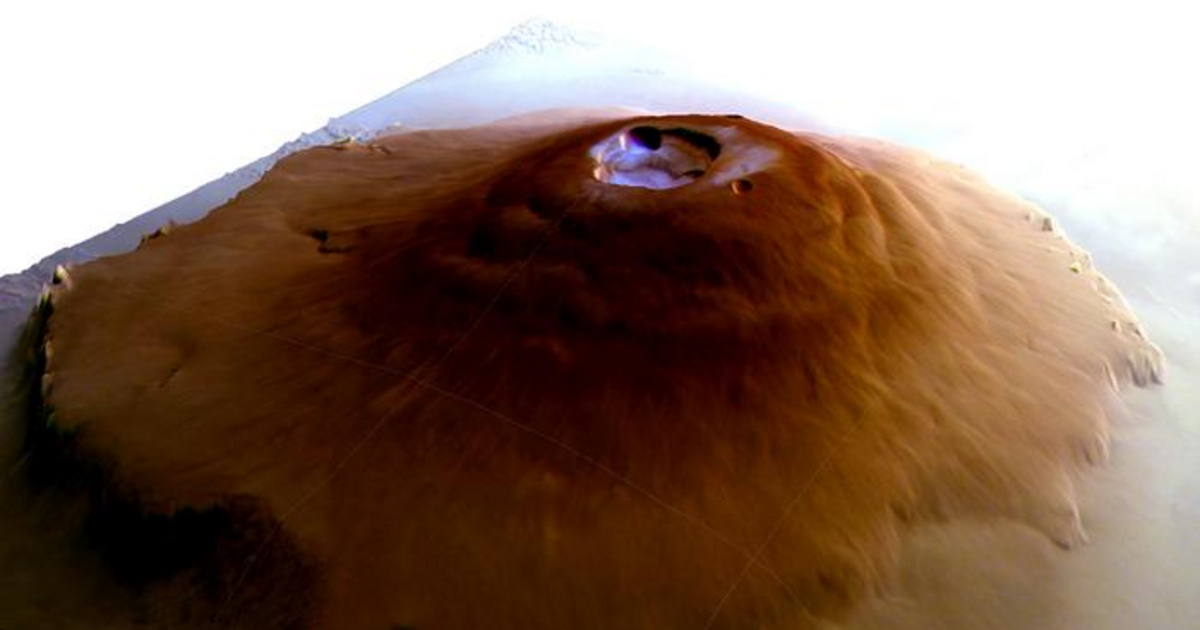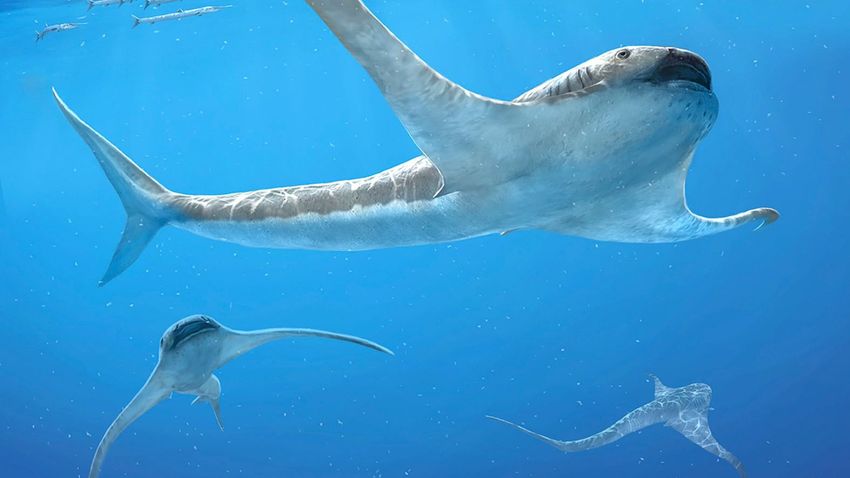colonial legacy
The gist of this practice is that scientists from rich countries travel to middle- or low-income countries to study or collect fossils and fail to collaborate with and engage local experts. If they find something, they circumvent local laws—taking fossils home with questionable or outright illegal means. In other cases, some scientists do not leave their homes. Fossils are obtained from dealers, smugglers, or private collectors. This trend is linked to the legacy of colonialism, as many low-income countries were former European colonies, while high-income countries were former colonies.
– We are talking about the science of the 21st century .. This should not happen – quote from sciencenews.org Portal of Brazilian paleontologist Juan Carlos Cisneros. When researchers ignore local expertise, and obtain fossils illegally, they encourage corruption among those who live near the sites. This attitude promotes unethical research.
“This practice has always been considered part of paleontology and to some extent geology,” Emma Dunn, a paleontologist at Friedrich-Alexander University in Germany, told the portal. Emma Dunn and her colleagues have compiled a database in which more than 26,000 fossil publications have been analyzed. The team found that 97 percent of the documents came from researchers from the wealthiest countries.
According to the findings published in the journal Nature Ecology & Evolution, the United States, Germany and the United Kingdom lead the list of countries publishing the most fossils of foreign origin. Based on the proportion of publications that omit local authors, the countries most at risk are the Dominican Republic, Myanmar and Namibia. Researchers in three countries – Brazil, Mexico and Myanmar – analyzed the phenomenon more comprehensively.
Brazil
In 1942, Brazil declared by law that the fossils found there were the property of the federal government. In 1990, another law was passed regulating foreign research – it was announced that those from elsewhere must enter into a partnership agreement with a Brazilian scientific institution. The domestic trade of fossils was banned.
However, an analysis of studies of Cretaceous vertebrate and plant fossils unearthed in the Ararib Basin between 1990 and 2020 showed that more than half of the 72 publications describe fossils that end up in another country. Approximately 60 percent of exported excavation documents do not mention export permits. More than half of the publications described discoveries that may have been purchased, and half of the studies could be linked to Brazilian researchers.
“These questions have the effect that younger generations are less interested in science,” says Juan Carlos Cisneros. Students get frustrated because they see that only foreigners do research.
Mexico
As in Brazil, fossils in Mexico are owned by the federal government and cannot be exported or marketed without a permit. Foreign researchers must collaborate with local specialists. However, many of the problems with Brazilian excavations originated there.
The analysts focused on 126 publications published between 1990 and 2021 on Jurassic and Cretaceous fossils of vertebrates, invertebrates, and other species. Almost half of the research was done by non-Mexican researchers. Interestingly, compared to the Brazilian fossils, a slightly higher proportion of the Mexican fossils ended up in private collections, which are much more difficult to analyze. “Research in private collections depends on the goodwill of the owner,” says Juan Carlos Cisneros.
The ninety-million-year-old shark, which was described in 2021, was originally claimed to be in a museum that had not yet been built, but was actually in a collector’s vault. It was later announced that the shark would be temporarily housed in another museum. The collector told Science he bought the rock containing the fossil, not the fossil itself, and so the deal was legal.
In an ideal world, fossils would be stored and studied in museums close to where they were discovered. But even within Mexico, this is not the case. Many of the artifacts are kept in museums in the big cities, far away from the rock formations where they were millions of years ago.
Myanmar
Myanmar is known as the site of insects, plants and reptiles fossilized in amber. In September 2022, Emma Dunn and colleagues reported in the journal Communications Biology that the amount of objects made from Myanmar amber sold abroad has increased several-fold since 2014. Exporting amber is usually a gray area: Amber is a gemstone that can be legally exported, while fossils are not. like that.
There is concern about where the money from sales is going. After the Myanmar military took control of the country’s gemstone mines in 2010, there is a high chance that soldiers will sell the artifacts abroad. Although the Myanmar military cannot be associated with the amber fossils described in the journals, the paleontologists who buy the fossils may inadvertently contribute to the funding of the soldiers.
What’s next?
The authors of the article agree that overcoming the problem is a multi-step process. Journal editors should verify and preserve information about the origin of fossils, and research funders should require their researchers to work with local experts and comply with state laws in exchange for their support.
In response to new developments, the editors of some journals require proof of fossil provenance and necessary permits. Cretaceous Research previously said it would not publish studies of fossils of unclear provenance, but articles on Myanmar amber still appear in the journal.
Here the majority of fossils can be collected freely
Undoubtedly, the discovery of the domestic monkey known as Rudapithecus hungaricus is highly appreciated in the wider world. The excavations of Rodapani, which began in 1971 and lasted nearly fifty years, became the focus of international interest in research into the early stages of transformation into humans. Not all discoveries were in the hands of experts. Rudabánya has always been famous for the fact that collectors love to dig for minerals here, and then from time to time neppers seem to buy worthy specimens of good money.
Laszlo Cordus, who directed the excavations of Rhodabania for decades—we wrote the story a year earlier—was called in 1990 by a paleontologist at the Vienna Museum of Natural Sciences, for example, saying he had found five ape teeth from Rhodabania in the closet of the general manager who died. a year ago. The general manager got his teeth cut from a Hungarian who barely speaks German. László Kordos was offered that Hungary could restore the private teeth if Vienna received another private residual instead.
According to Attila Ossi, a professor in the ELTE Department of Paleontology, fossils and geological values in Hungary are not protected in the same way as archaeological sites or finds. Currently, the majority of fossils can be collected freely, the limitation being the fact that if a site falls on private land or, say, a national park, a permit must be obtained there. In the case of an exceptional and unique deposit, this is usually only awarded for the research work that takes place there. The latter are unique, world-famous sites and collections of finds that have been sought for decades by regular excavations, each of which is of exceptional importance. Examples include the previously mentioned prehistoric vertebrate site at Rudabánya or the dinosaur site at Iharkút.
Few but very valuable fossils have been recovered from these sites, which often contain scientific innovations. Unfortunately, despite the limitations, it sometimes happens that one of these exceptional sites is collected without permission, causing immeasurable damage.
Cover photo: Aquiolamna milarcae, a prehistoric shark that lived in the Gulf of Mexico 90 million years ago. (Source: Science.org)












































